Tips
7 simple tips for lighting up your home
The challenge of getting the lighting just right is a key point for consideration when decorating the home.
Lighting can make a sitting room look spacious or cramped; it can convey a sense of peaceful calm or on the other hand give you a real buzz. Any home/space is made up of a series of settings, and it is therefore essential to pay close attention to the lighting in each one. Here we offer 7 important tips that will help you organise the lighting in your home, business or office, and above all, to show off the beauty of your ceramic wall and floor tiles to optimum effect.
1. Where are the lighting points?
Let’s start with the natural light…Where are the windows located? Furniture should be arranged in accordance with the position of the windows, which will also determine the nature of the artificial lighting points. Essentially, there are 2 types of artificial lights:
1) Directional: this type of light spotlights a particular point
2) Diffused: provides light throughout the space
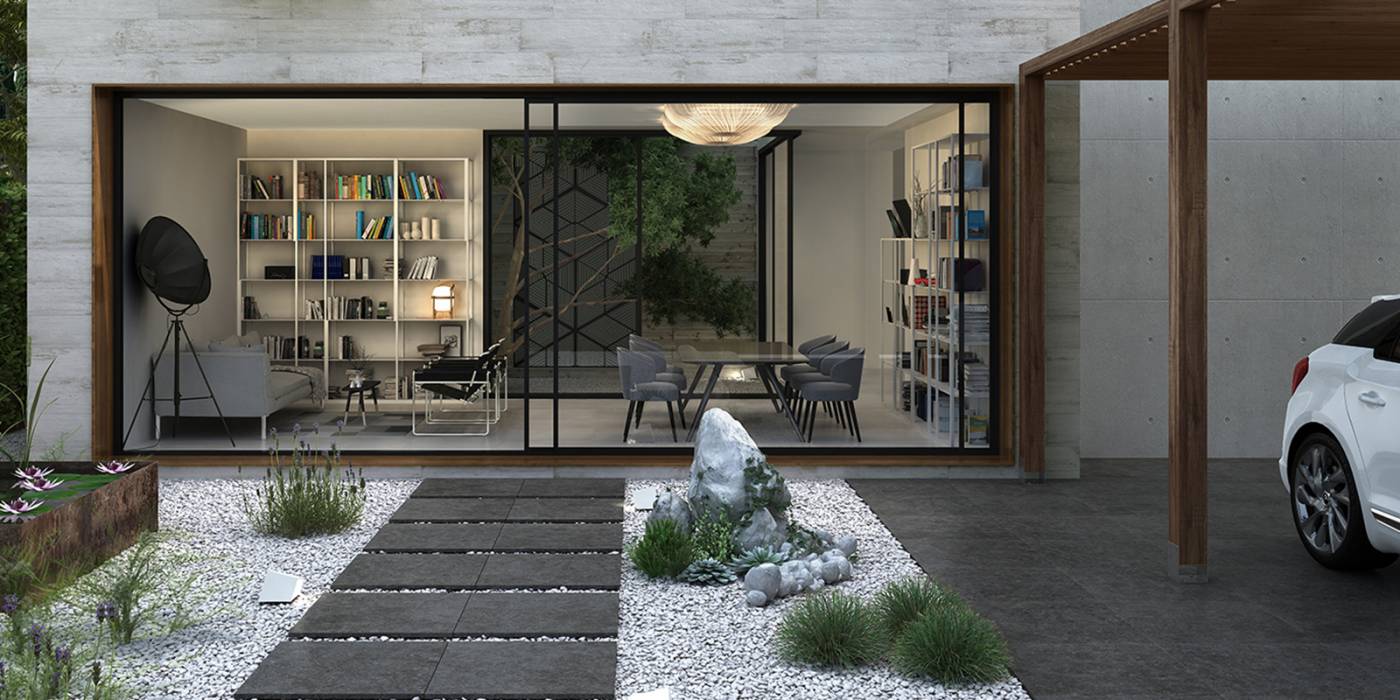
[A space with lots of natural light yet which also features at least 3 different lighting points]
2. What type of atmosphere do we wish to create?
In this case, the colour schemes of the space we wish to illuminate – including the furniture, coverings and all the other elements it includes – play a key role. A room decorated in orange, yellow and earth tones will always project a sense of warmth. Settings like these need 3000 K lights, which project a warm light that creates yellowish tones.

In contrast, spaces decorated in shades of grey, blue and green tend to be colder, so we recommend a 5000 K ‘cool white light’, ideal for decorative lighting or indirect décor.
The story is very different if we opt for a combination of both tones. For more neutral settings or those with more lighting points use 4000 K or ‘neutral light’. Also known as ‘daylight’, it is characterised by its neutral white tone. This type of light is especially suitable for use in settings with colder-looking coverings, although it is also appropriate for warmer settings. This is because the fact that it is neutral offsets these cooler settings and the same happens with warmer ones as it tends to diffuse or soften the atmosphere.

Lighting can be used to sculpt and shape all types of settings. It must be remembered that dark colours absorb the light and the number of lighting points will therefore be higher in rooms decorated in darker, bolder or purer tones.
3. Lighting levels.
When it comes to lighting small spaces, the key lies in avoiding very bright light, as this will make them look even smaller. In spaces with high ceilings, the aim is to boost the light reflected on the ceiling by placing lamps on the top of shelving or furniture. Floor lamps will also light up corners and ceilings.
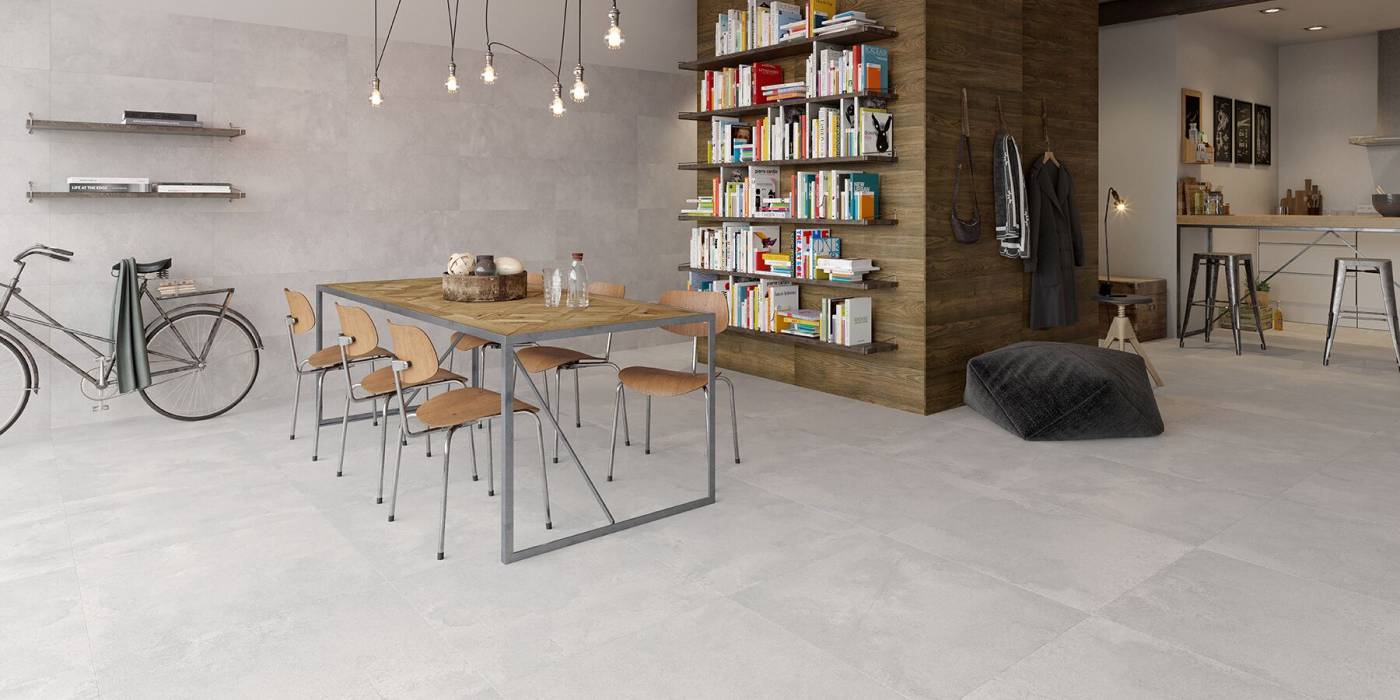
[High ceilings are ideal for creating focal points of light. The Inspired collection by Metropol ]
4. The 5 point rule.
This is an essential rule when choosing the type of lighting for large spaces such as sitting rooms or offices. We have already seen that light can be positioned at varying heights and directions, and can have different degrees of intensity. The next stage is to apply the five points of light rule: any room will instantly come alive if it features at least 5 different lighting points.
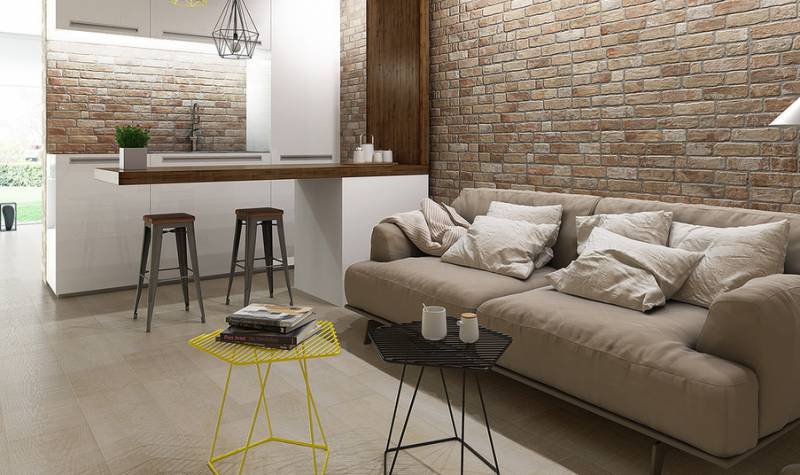
[This example shows the 5 points of light: natural light; the two lights over the kitchen counter, the ceiling light in the sitting area and kitchen and the floor lamp]
5. Looking out for our eyesight
When it comes to our eyesight, it is essential to make sure that we have exactly the right amount of light. For instance, ensuring that the television is lit from the rear is essential (the same is true of computers and screens in general) in order to stop us straining our eyesight. Another example is our study – work desk, which should be lit from two heights: a general light and a second reading-style lamp that does not cast shadows and again prevents eye strain.
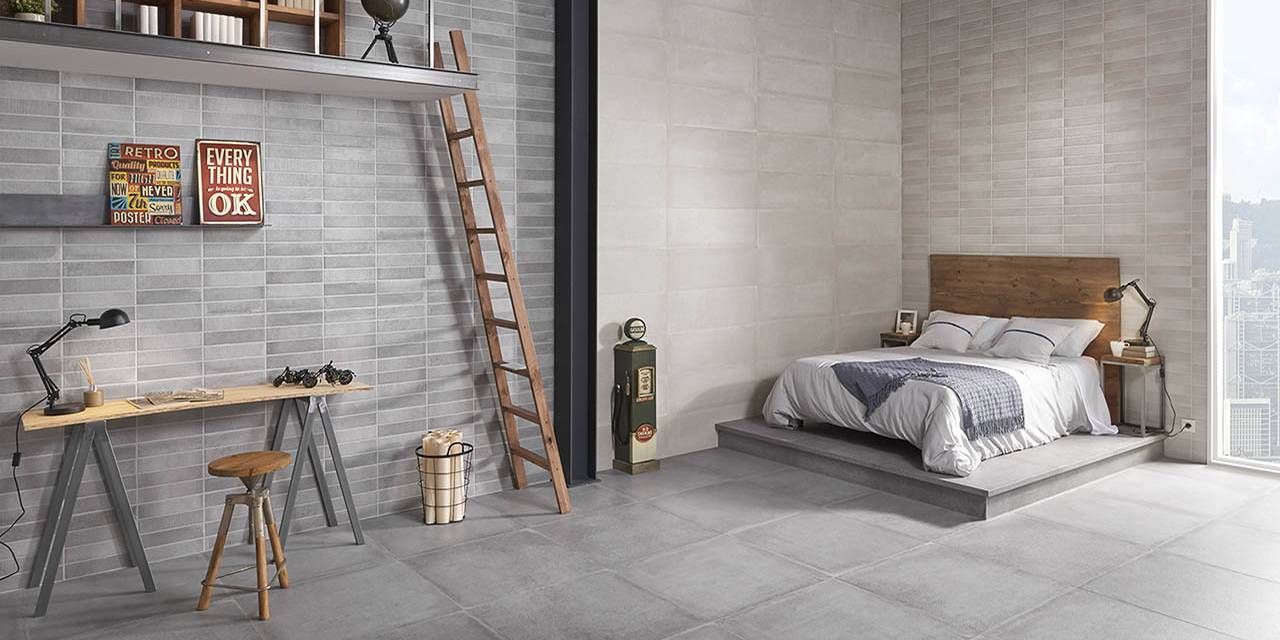
[In this room light is used to define the various spaces. It is also important to remember that direct light is essential when studying or reading.]
6. ‘Grandma’s portrait or the magic carpet’.
Every home has a special object that simply has to be the centre of attention. The key item in our sitting room or office must be perfectly lit and highlighted with a direct spotlight: it could be a picture, a plant, a chair… the options are endless.
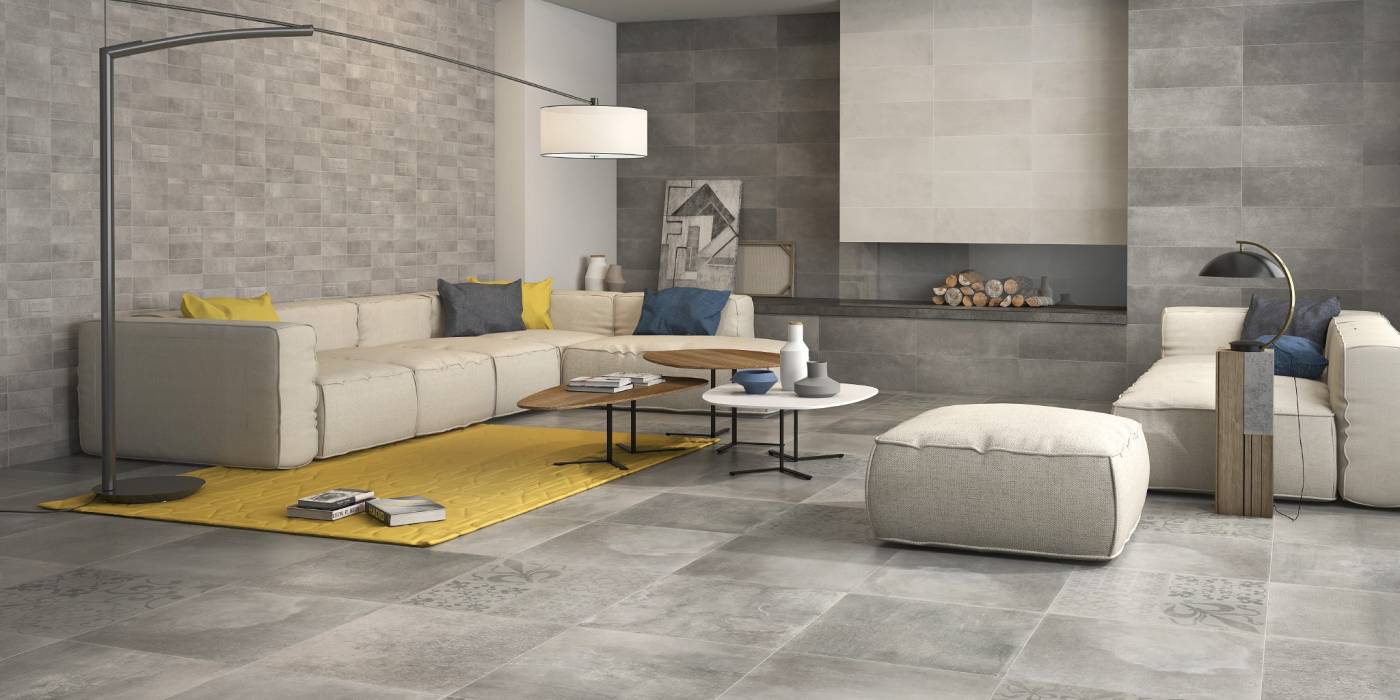
[In this case lighting is used to focus on the rug, which adds a pop of colour to the sitting room]
7. Blending in contrasts.
Whenever a space features one or more sharp contrasts, such as flooring in two different styles (stone and metal); walls in two tones or materials; spaces split on two or three levels, etc., it is essential to use lighting that will cleverly blend these contrasts to create spaces that flow harmoniously.








